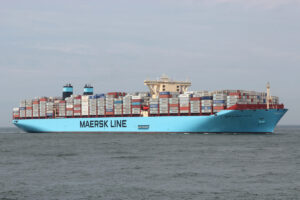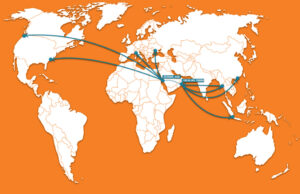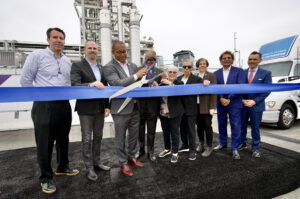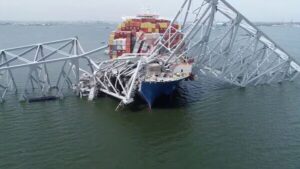Valenciaport and Nextport have collaborated on the creation of an innovative software designed to forecast the volume of trucks expected to traverse the port’s facilities.
This new solution not only predicts the quantity of trucks but also determines the specific terminal they are likely to utilise and whether they will engage in loading or unloading activities.
The new Artificial Intelligence (AI) system combines Valenciaport’s data – both land and seaside – with key information to understand the behaviour of the ship on arrival at the port.
The size of the ships, the type of services and routes, the terminal timetables, the weather, the calendars of festivities in third countries, or a history of world GDP, among other information, have reportedly helped to adjust this predictive machine learning model.
With this software, Valenciaport can know days in advance what is going to happen in the Valencian docks both in terms of loading and unloading of ships, as well as the movements that will take place at the terminal gates and the number of truck entries.
Thus, when Valenciaport enters in this system that a ship is going to arrive at the Port of Valencia on a specific day, it will be able to forecast from that moment on, what workload both import and export is going to involve.
In this sense, by adding the prediction of all the ships, you will have the prediction of everything that is going to move in each terminal. This is key information both for the management of the terminals and for the carriers.
READ: World’s first hydrogen terminal tractor lands at Port of Valencia
According to Valenciaport, this predictive AI-assisted model represents a competitive advantage for terminals and carriers operating in Valenciaport’s docks as they will be able to improve their planning and manage their operations more efficiently.
On the one hand, the terminals will have the traffic flow data days in advance and will be able to make predictions of what machinery they need per day and thus hire more or less staff if necessary.
On the other hand, for shippers, this system will help them to know more accurately the schedules and cargo volumes of ships, being able to efficiently manage their schedules of entry and exit from the port or waiting times, reported Valenciaport.
The information gathered can also be shared with the administrations, which, if necessary, will be able to improve traffic management on the roads near the access points to the ports.
In this sense, by knowing the volume of hauliers that are going to circulate each hour on the port’s access points, they will be able to warn drivers via panels and propose alternative routes to cars.
This is a further step in the digitalisation strategy of the Port Authority of Valencia (APV), which involves integrating the Big Data generated by Valenciaport into a machine learning model assisted by professionals.
The Port of Valencia has successfully trained 2,600 lorry drivers in the use of the ValenciaportPCS mobile application. This digital innovation aimed to reduce waiting times, cut emissions, eliminate paper, speed up procedures, and supports environmental sustainability according to the port.
More recently in June 2023, the Costa-MSC Transversal dock in Valencia announced it will put out to bid the first On-Shore Power Supply (OPS) electrification project, with an estimated cost of $11.7 million.









